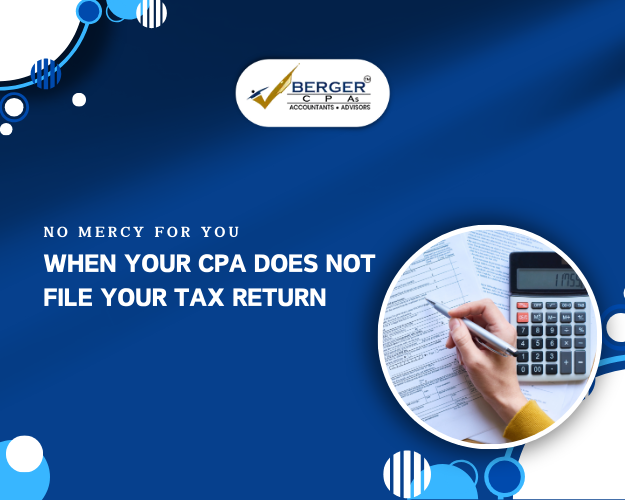
Answers to Five Questions about Section 105 Medical Plans
The Section 105 Medical Plan is suitable for single-owned businesses. It creates deductions that were not available earlier. In the case of health care deductions that existed earlier, the tax benefits are increased. Here are some answers to the questions on the Section 105 HRA plan.
- If you have multiple businesses run by you and your spouse, here is what you should do.
If you have more than 2 employees, you are not eligible for the Section 105-HRA plan. According to Section 105, all the employees in the businesses owned by you and your spouse are your employees. Section 105-HRA plan is available for those employers with only one employee.If there are two W-2 employees, you are not eligible for the plan. Suppose you pay health insurance with a partnership, and if the payment is treated as guaranteed payments to the partners, or if you pay health insurance through an S corporation and added it on your W-2, then you qualify to deduct health insurance on your Form 1040 as self-employed health insurance. In case, you want to cover two non-family member S corporation employees, then you need a separate plan like ICHRA and QSEHRA. - Is there an option to reimburse Section 105-HRA medical reimbursements annually instead of monthly?
There are regulations on when reimbursement is made to the employee. You can make an annual or monthly payment. When you reimburse yearly, you look like a real business. - Can my employee’s spouse be paid W-2 wages under Section 105 plan if the reasonable compensation is more than the medical expenses reimbursement amount?
Yes, this is possible because there is a W-2 employment proof. Here, Section 105-HRA can be the only source of remuneration and there is no need for a W-2. - Is the premium reimbursable with the 105-HRA plan if I have a long-term care policy for me and my spouse?
It is possible; it gives you a full deduction for premiums without ceilings. - Should my spouse make SEP IRA contributions for me if she is paying my health care reimbursement and no salary? She runs a sole proprietor business and has a SEP IRA plan, and I am her employee doing tax preparations and record management for her business.
No. The receivables under Section 105 Plan are reimbursement for medical expenses, not compensation for the retirement plan. Therefore, your employer-spouse need not contribute to SEP IRA for you.
Takeaways
Section 105-HRA can be considered if the businesses owned by you and your spouse do not have more than one W-2 employee.
When it comes to reimbursement to employee, the Section 105-HRA plan allows both monthly and yearly reimbursement to make it look like a real business.
Under Section 105 plan, an employee spouse can be compensated with W-2 wages.
Long term care policies’ premiums can be added as reimbursable expenses under 105-HRA plan, allowing full premium deductions without any ceiling.
Remember, Section 105 plan is used as reimbursement for medical expenses and not as a compensation for retirement plan purposes. If someone is paid through health care reimbursements, then SEP IRA additional contributions are not needed.

 Client Login
Client Login





